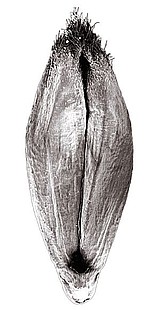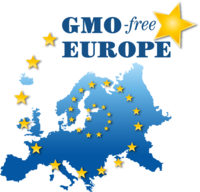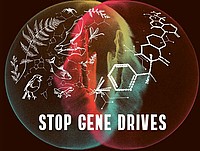Save Out Seeds Nachricht
12.01.2006 | permalink
Industry association publishes GMO planting figures for 2005
According to the industry sponsored "ISAAA" global planting of GMOs rose from 81 to 90 mio ha in 2005. 95 % of the crops are grown in 5 countries: USA (55 mio ha), Argentina (17,1), Brasil (9,4) Canada (5,8), China (3,3). Adding 3 more countries Paraguay (1,3), India (1,3), South Africa (0,5) results in 99% of all GM crops. The crops are still herbicide restistant and insecticidal. The growth rate of 11,4% is the lowest in the 10 year history of GMOs. in an analysis study Friends of the Earth pointed out that ISAAA has never published the sources of its estimates and that after 30 years of development still only two gm traits are planted at commercial scale.</p><p><a href="http://www.thebusinessonline.com/DJStory.aspx?DJStoryID=20060111DN010407">Dow Jones: Biotech Farming Grew At Lowest Rate In 10 Years</a></p><p><a href="http://today.reuters.com/news/newsArticle.aspx?type=scienceNews&storyID=2006-01-11T191439Z_01_WRI169245_RTRUKOC_0_US-FOOD-BIOTECH.xml&archived=False">Reuters: World biotech plantings expand but at slower rate</a></p><p><a href="http://www.isaaa.org/">ISAAA homepage with press release and charts</a></p><p><a href="http://www.foeeurope.org/publications/2006/key_facts_Jan_2006.pdf">FOE: Factsheet who benefits from gm crops?</a></p><p><a href="http://www.ipsnews.net/news.asp?idnews=31815">IPS: Biotech "Revolution" May Be Losing Steam</a>





